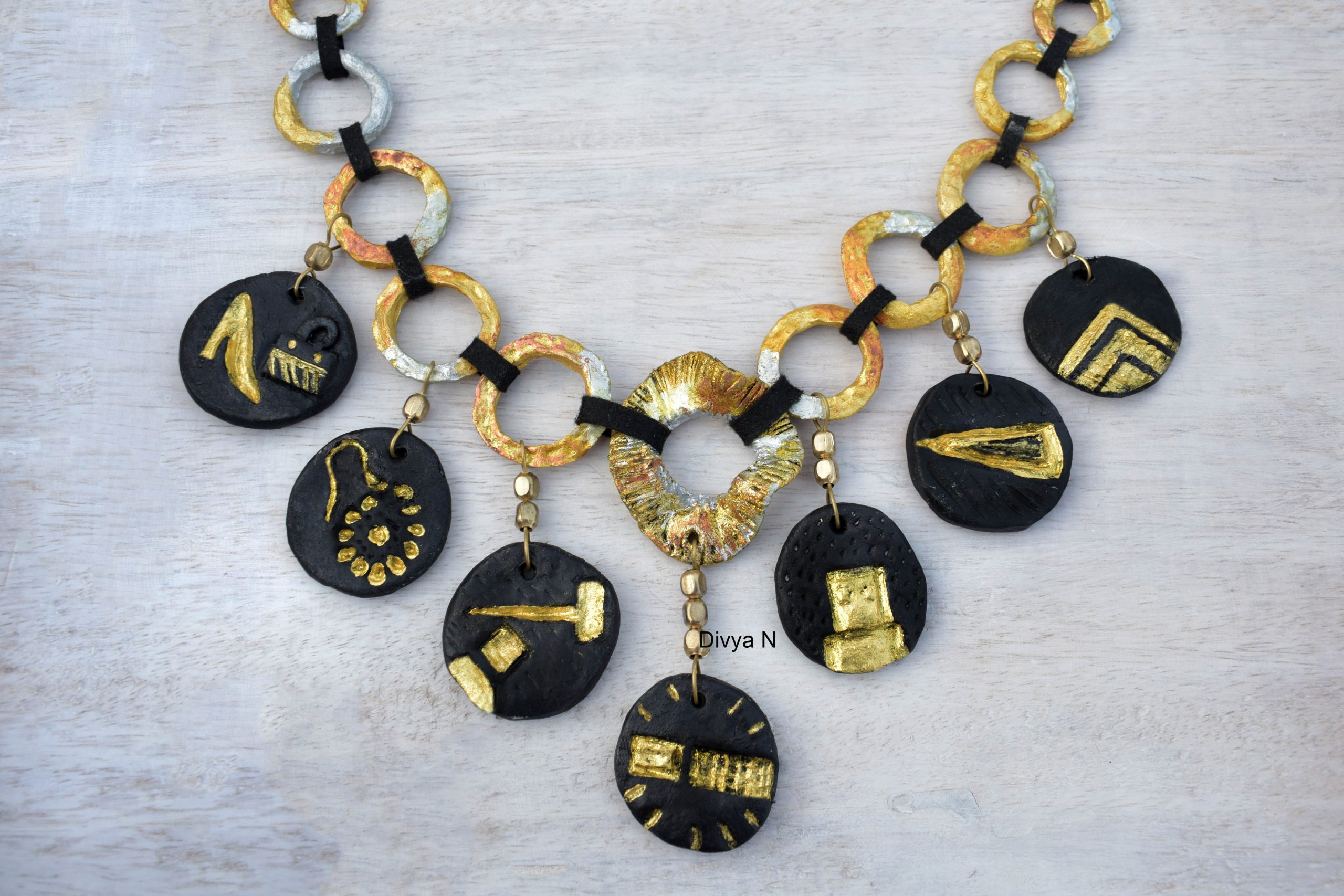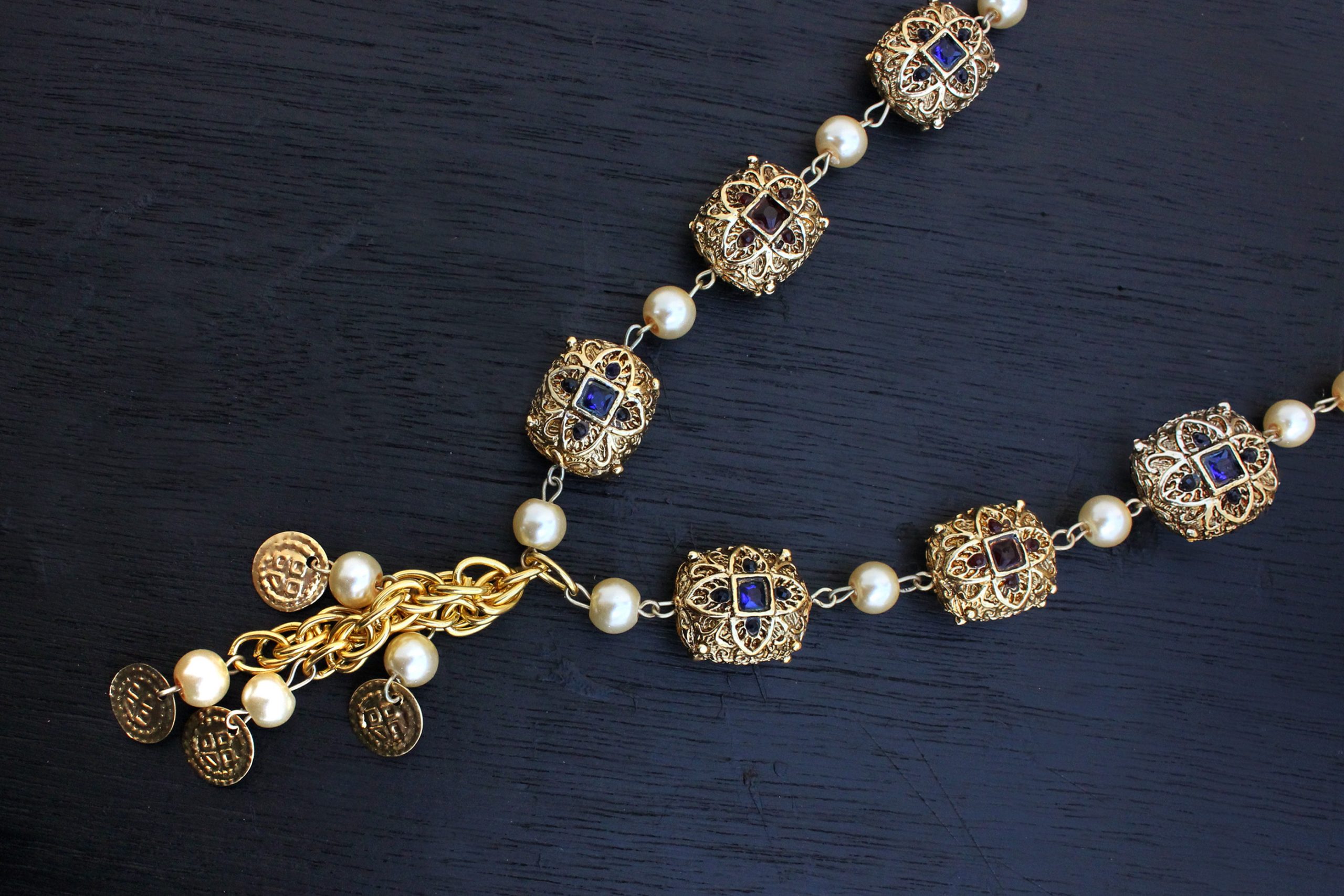Value is the judgement made about an object. The more an object resists our desire to possess it, the more valuable it becomes. There is a distance between the desire to own an object and the enjoyment of it. This distance can be closed by a sacrificial financial transaction. This exchange is what determines the economical value of the object. However, true value extends beyond the price to the context in which the object exists. Jewellery exists at a junction of various ideologies and disciplines. Hence, it’s value is subjective and interpretative. Here is my attempt at identifying and categorising the various aspects that make up the value of jewellery.

Originality, authenticity and Value
This brings to light the question of uniqueness. How is an object considered as an original? Does the originality lie in its content, its monetary or emotional value or the originality lies in the object itself? Does it become authentic if it belongs to the past – to a specific time period or to a particular place? Do authentic works appear to be more beautiful? A piece of jewellery from say Tiffany or Cartier may be considered authentic if they mark the mark of their brands. But does that make them original? Take the example of a three diamond gemstone ring. Several precious jewellery brands routinely create them (no doubt from scratch) which look very generic. In such cases while the ring may be originally made by the brand as opposed to being resold or distributed, it is not original in design.

Artistic value
In Artistic value, we consider the formal qualities of jewellery that impact its visual appeal. We look at the shape and form, colour and materials it is made of. The techniques that are used to create it and the finesse with which it is made is also important. Signed artisan pieces, one of designer pieces hand crafted by the designer carries more artistic value owing to its uniqueness and originality as discussed above. Typically, artistic value raises the economic value of the piece.
Commodity Fetishism and Social value of objects
Inside a factory where a product is produced by the joint effort of a team of people, the workers are directly linked to one another. However, at the marketplace, they are linked only through the value of their products. The interaction of the product is what drives the next production. An object is made because another object like this one sells well – shows a profit. This value becomes the property of the object itself. Value comes from the experience between the product and the consumer. The object hides the social relations of the labour and/or the exploitation of the people who produced it. Therefore, things take on the characteristics of people and trick us into thinking that the object by itself is the value.
Thus in a capitalist society what is the value of the product? The value of the product is its value in relation to other objects. The value of 22K gold is higher than 925 silver and they both can be exchanged in different quantities for each other (traded) and can be bought and sold for money. Now take the example of a pieces of designer jewellery that is made using wood or leather which at times maybe more expensive than silver jewellery due to the workmanship. Here, it is the labour extended by people to create the object is what adds value to the object.

Economic value
Every item has a cost at which it is made and a price at which it is sold. It may gain or lose value over its lifetime as far as its exchange value in the market is considered. This is the economic value of that object. Money is not a valuable object. It is just a piece of paper with a print or numbers on a screen. However, it is the most powerful object today. Jewellery is bought, inherited or gifted as wealth, property and investment. Based on the material it is made up of, it holds an economic value. It is wearable wealth that can be leveraged or sold to raise cash. Even when jewellery is sitting in a locker, the mere act of possession signifies economic status in the society.

Cultural Value of Jewellery
In certain societies, certain pieces of jewellery have more value than the others. For example, in India, a wedding necklace is the most important piece of jewellery, culturally, for a married Hindu woman. In many cultures, jewellery worn on the head and chest are more valuable compared to those worn on the legs. Another point to note is how cultural practises add value to materials. Materials like seeds, grass, shells are precious and valuable in several communities.
Antique value comes not only from the age on the pieces. It also comes from the cultural value attributed that piece of jewellery which makes it the heritage of the community of people it belongs to. Additionally, it rests on its social value as a heirloom in which case, the value is based on nostalgia – a reminder of good old times.

Emotional value of jewellery
Not all jewellery gains value from its materials or the way it is made. The value may also come from who made it, why they made, who bought it, and why they bought it. For example, A pair of earrings received as a graduation gift is valuable as it marks and occasion. Likewise, an emerald ring bought as a self-gift is valuable as it symbolises financial independence and self love. Memento mori jewellery is an artistic link between beauty and death , a reminder of all that is impermanent. A macaroni necklace given to a mother by her child is valuable as it is made to of love and respect for the mother. A brooch thrifted abroad is valuable as it is a reminder of good memories.
In conclusion, jewellery and personal adornments have different types of value. While looking at jewellery, particularly from an academic point of view, it is important to consider all the aspects together, holistically at the same time. Focusing on economic or artistic value alone will not divulge much about the object.
Bibliography and Further reading
- Appadurai, Arjun. The Social Life of Things. Cambridge University Press, n.d.
- Bauman, Zygmunt. “The Self in a Consumer Society.” The Hedgehog Review: Critical Reflections on Contemporary Culture, Fall, 1, Vol. 1 (1999): 35-40. https://iasc-culture.org/THR/hedgehog_review_1999-Fall.php.
- Berger, John. Ways of Seeing. London: Penguin UK, 2008.
- Flusser, Vilém. The Shape of Things a Philosophy of Design. London: Reaktion books. 1999.
I hope you found it interesting
Cheers



Leave a Reply